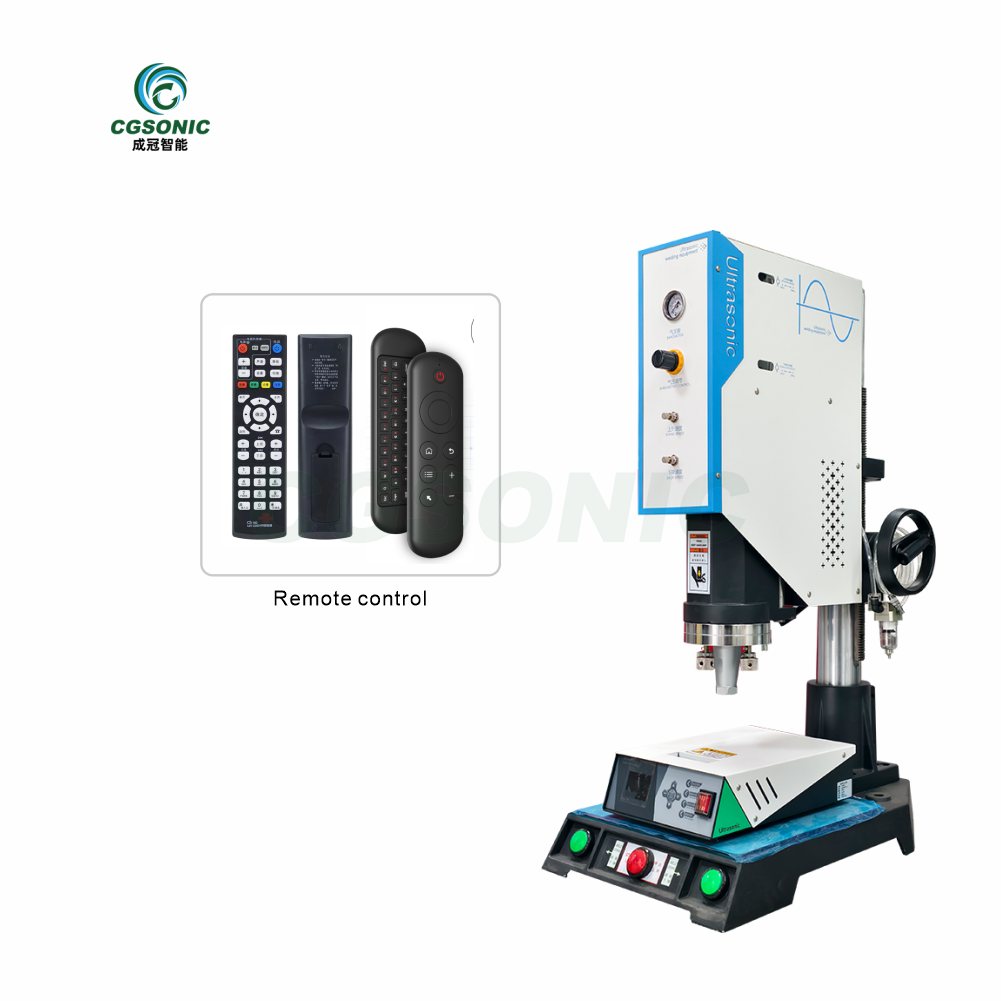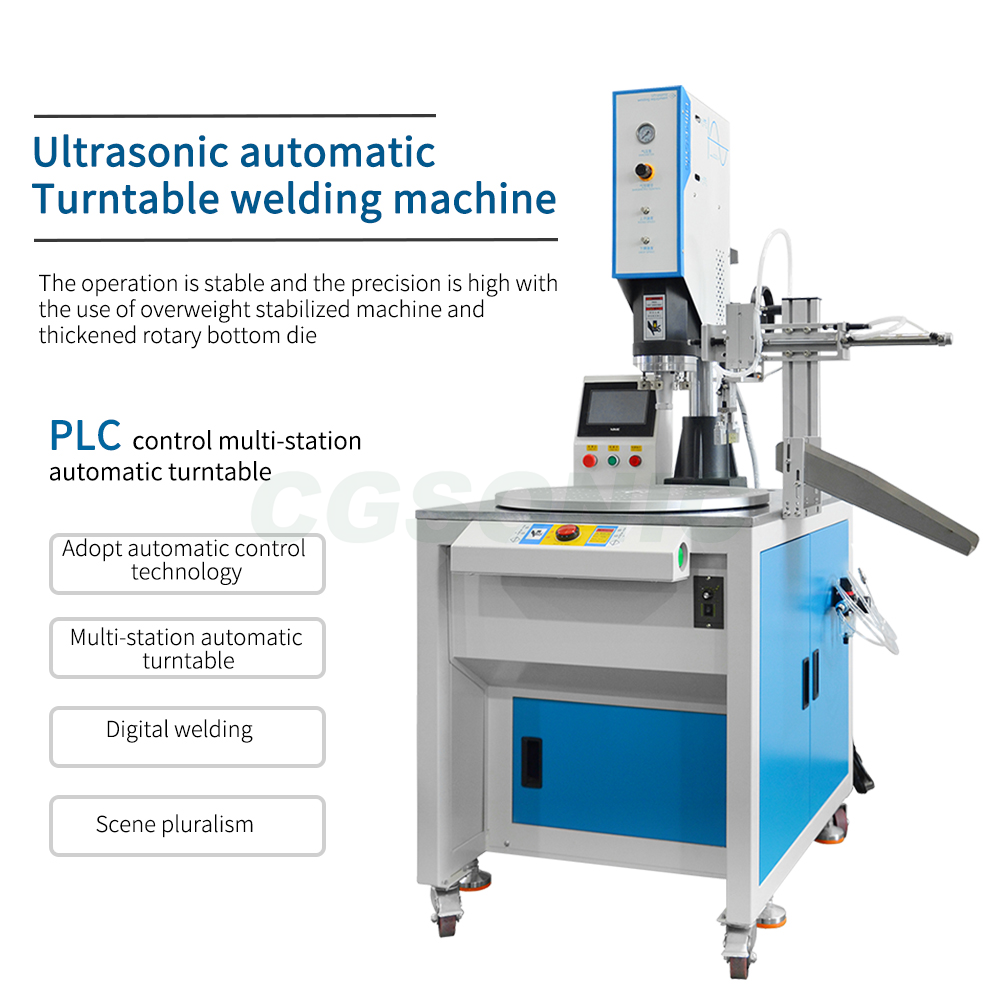Chengguan's ultrasonic welding technology empowers remote control manufacturing: efficient and precise technology leads the industry's quality upgrade
In the field of modern electronic devices, which is swept by the wave of intelligence, remote controls serve as the core control hub connecting users with various home appliances and smart terminals. Behind their seemingly compact bodies, every manufacturing link carries the dual demands of "stability and reliability" and "user experience . "
Chengguan Ultrasonic Welding technology in remote control manufacturing, with its unique process characteristics, shows many significant advantages compared with traditional assembly methods such as screw fixing and glue bonding. It is especially suitable for products such as remote controls that have precise structures and high requirements for quality and production efficiency.

- High welding strength improves the durability of the remote control.
Ultrasonic welding uses high-frequency vibration (usually 15KHz-40KHz) to generate local frictional heat on the contact surface, achieving molecular-level fusion of materials. The resulting joint strength far exceeds that of glue bonding and is close to the strength of the material itself.
- During daily use, remote controls require frequent button pressing and are subject to drops or collisions. Ultrasonic welded casings, buttons and other components are less likely to crack, loosen or fall off, significantly extending the product's service life.
- Compared with screw fixation, it avoids abnormal noise or functional failure of components caused by loose screws. Compared with glue bonding, it will not cause debonding due to aging of glue or failure at high temperature.
- No consumables, reducing production costs
- No need to use auxiliary materials such as screws, glue, and clips, which directly reduces procurement costs and inventory management costs.
- It eliminates the time spent on tightening screws, applying glue, and waiting for curing, simplifies the production process, reduces the complexity of manual operations, and indirectly improves production efficiency (a single device can achieve 1-3 welds per second, suitable for mass production).
- Protect precision components and ensure the stability of remote control functions.
The remote control contains precision electronic components such as circuit boards, chips, and button contacts, which are sensitive to temperature and external forces.
- The heat from ultrasonic welding is concentrated only on the contact surface (local instantaneous high temperature) and will not be conducted to the internal electronic components, thus avoiding component damage or performance degradation due to high temperature.
- The pressure during the welding process is controllable and will not cause extrusion and deformation of the internal structure, ensuring the stability of functions such as button rebound and signal transmission.
- Good sealing to improve dust and water resistance.
Remote controls are often used in various environments such as homes and offices and require certain protection capabilities:
- Ultrasonic welding can achieve seamless connections between components, effectively preventing dust and liquids (such as spilled drinks) from entering the interior, protecting electronic components from corrosion, and reducing the probability of failure.
- It is particularly suitable for products with high protection requirements (meeting IP54 and above protection standards), such as smart remote controls and industrial remote controls.
- Neat appearance, improving product texture
- After welding, the joints are smooth and free of protrusions, and there is no need to reserve screw holes in the shell, avoiding the appearance defects of traditional assembly methods (such as exposed screws and glue overflow), making the remote control surface more beautiful and feel better.
- For remote control housings made of plastic materials such as ABS and PC, the welding marks are subtle and uniform, maintaining the integrity of the product design.
- Strong automation adaptability to ensure batch production consistency
- Ultrasonic Welding Equipment can be integrated with automated production lines to achieve standardized operations through preset parameters (amplitude, pressure, time, etc.), reducing errors caused by manual intervention and ensuring consistent welding quality for each remote control.
- Equipped with sensors and detection systems, it can monitor welding effects in real time, remove unqualified products in a timely manner, and reduce quality inspection costs.
Summarize
Chengguan ultrasonic welding, with its advantages of "high strength, low cost, precision protection, strong sealing, excellent appearance, and easy automation", perfectly adapts to the multiple requirements of such small electronic devices for performance, quality and production efficiency, and has become one of the mainstream assembly processes.




















